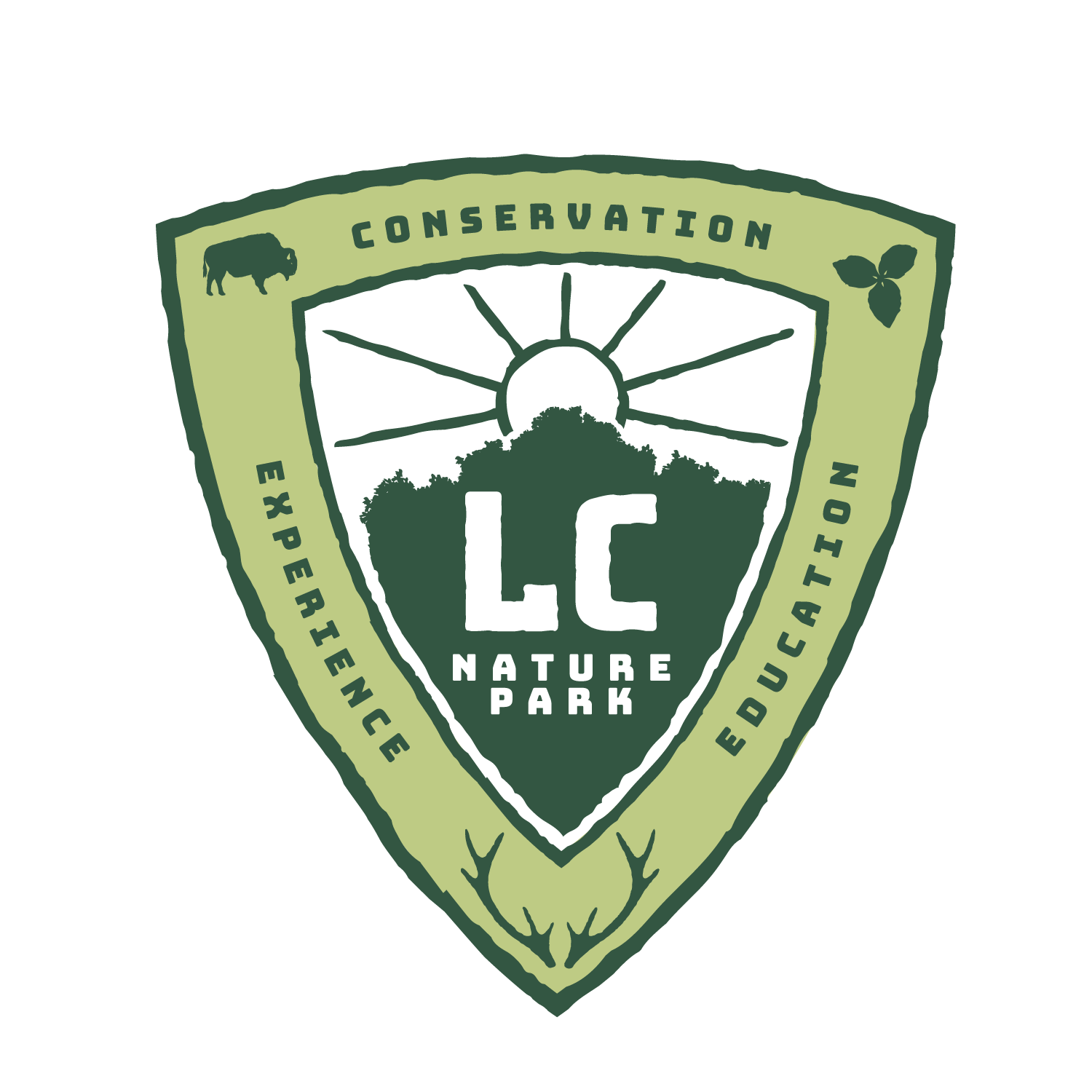Woodlands
Overview
In this program we will learn about woodlands.
We will focus on woodlands as habitat, their ecological importance, and their usefulness for humans.
Objectives
To understand what a woodland requires, how they benefit wildlife, and how they differ from other ecosystems.
Vocabulary
Biome
Ecosystem
Habitat
Overstory
Understory
Canopy
Background
The woodland environment is an important ecosystem for the plants and animals that call it home. A visit to just about any woodland and the visitor will find (hear or see) all sorts of birds, insects, flowering plants, and of course trees and shrubs.
In Indiana, we live in a biome known as Temperate Seasonal Forest. Most of our forests (woodlands) are filled with deciduous trees, which are trees that lose all their leaves each year in the autumn. However, a healthy woodland is more than just trees. The trees provide essential services for everything that exists in the woodland.
Trees provide habitat for any number of animals like squirrels and birds. They provide shade for the plants that are growing in the understory of the forest. Species that would not survive in the direct sunlight flourish here.
Program Outline
Students will first spend time walking through the Education Center observing the displays.
Students will then make their way to the amphitheater for a brief introduction to the activities for the day, review the expectations for the Park and program, and information about the program will be provided.
We will then go for a hike out to a woodland (the Dune or Orchard) where we can examine all the different types of trees present.
We will then find a place where we can sit and have a conversation about woodlands, their specific characteristics and adaptations, as habitat, the ecosystem services they provide, and how they influence humans and the environment.
Activity: Create a journal entry about how woodlands differ from, or are similar to, other ecosystems, like grassland and wetland.
